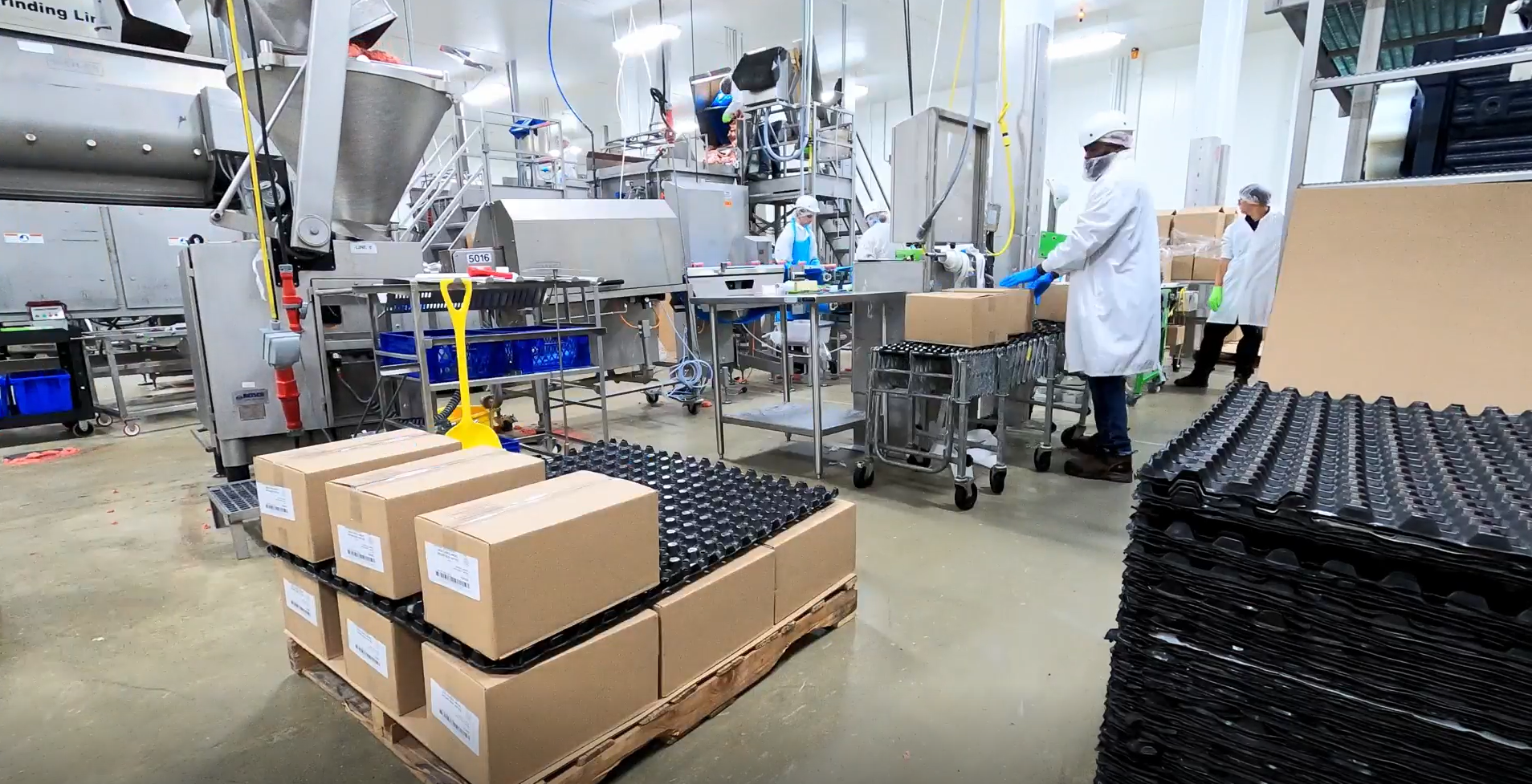In the pursuit of operational excellence, one metric is a key: OEE – Overall Equipment Effectiveness. It’s the gold standard for measuring how well machines are being utilized to their full potential. But improving OEE isn’t easy – especially when production data is incomplete, inaccurate or delayed.
And that’s where AI-powered video analytics is a game-changer.
By leveraging existing CCTV infrastructure and augmenting it with intelligent computer vision algorithms, manufacturing plants can gain immediate, actionable insights into operational health – and significantly improve OEE without investing in new sensors or expensive system upgrades.
What is OEE and why should you care?
OEE consists of three key elements:
- Availability – Is the machine working when it should?
- Performance – Is it running at optimal speed?
- Quality – Does it produce defect-free products?
Even minor inefficiencies in one of these areas can generate significant losses. Meanwhile, many manufacturers struggle to measure these metrics reliably and continuously – especially in plants that lack full sensor coverage.
The problem: “dead zones” in data collection.
Traditionally, OEE measurement relies on:
- PLC and SCADA signals,
- manual data entry by operators,
- specialized IoT sensors.
But what if:
- failures are not recorded accurately?
- micro-downtimes go unnoticed?
- the causes of slowdowns are unclear?
This is where AI video analytics bring a new level of visibility.
Modern AI-based video systems can:
- recognize machine states and line stops in real time,
- measure production rate by analysing the flow of objects,
- detect quality defects through visual inspection,
- track operator behaviour and their interactions with machines,
- send alerts when they detect irregularities,
- prepare custom reports.
It’s like adding an intelligent analytical layer to an existing hall – without interfering with the production line.
How does AI help improve each component of OEE?
✅ 1. Availability
The system detects:
- unplanned downtime,
- too long changeovers,
- operator absence from the station.
Thanks to real-time alerts, downtimes are shortened, and their causes are documented.
✅ 2. Performance
AI analyses:
- product flow rate,
- cycle time irregularities,
- short stops invisible to traditional systems.
This helps identify sources of performance loss faster.
✅ 3. Quality
Video analytics can detect:
- missing or misplaced items,
- surface defects,
- incorrect packaging.
In some cases, it can even replace manual inspection.

Is it worth it?
There are several reasons why it is worth to test AI Video Analytics in the area of manufacturing operations:
- it can be integrated with your existing CCTV infrastructure and external software,
- the system can be implemented with the ongoing production – in most cases there is no need to stop your operations,
- it can be scaled gradually – you can start with a few cameras and develop it with time,
- unlike the other systems for production optimisation, the implementation can be done in few days.
Your cameras can do more than just record. If your facility already has monitoring, you have a powerful source of data in your hands. With AI video analytics, you can use it to:
- Monitor processes and quality
- Reduce downtime
- Understand sources of your inefficiencies
- Increase OEE
Additionally, you can use AI Video Analytics to monitor your health and safety regulations and therefore reduce the number of accidents and increase workplace safety. You can read more on this topic in our article on “How to reduce workplace accidents with video analytics”.
Want to know how it works?
🎯 Schedule a 30-minute consultation and find out what your cameras can tell you.

